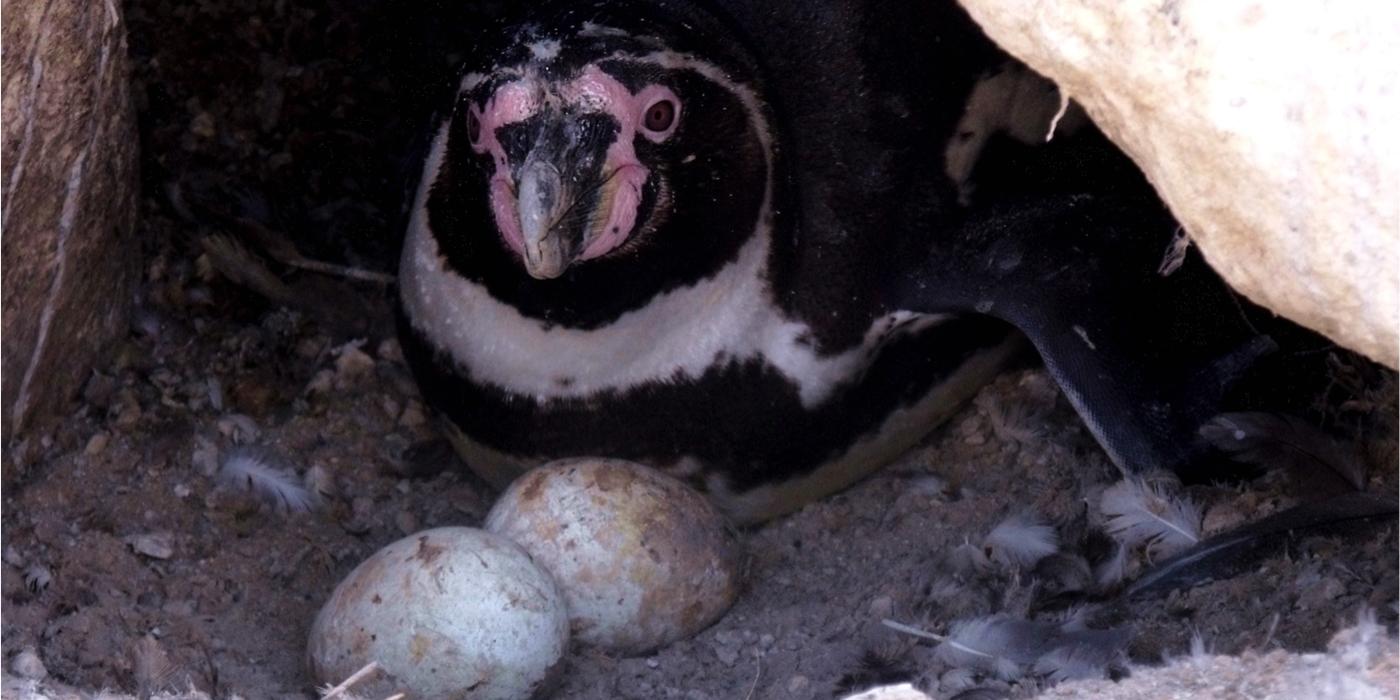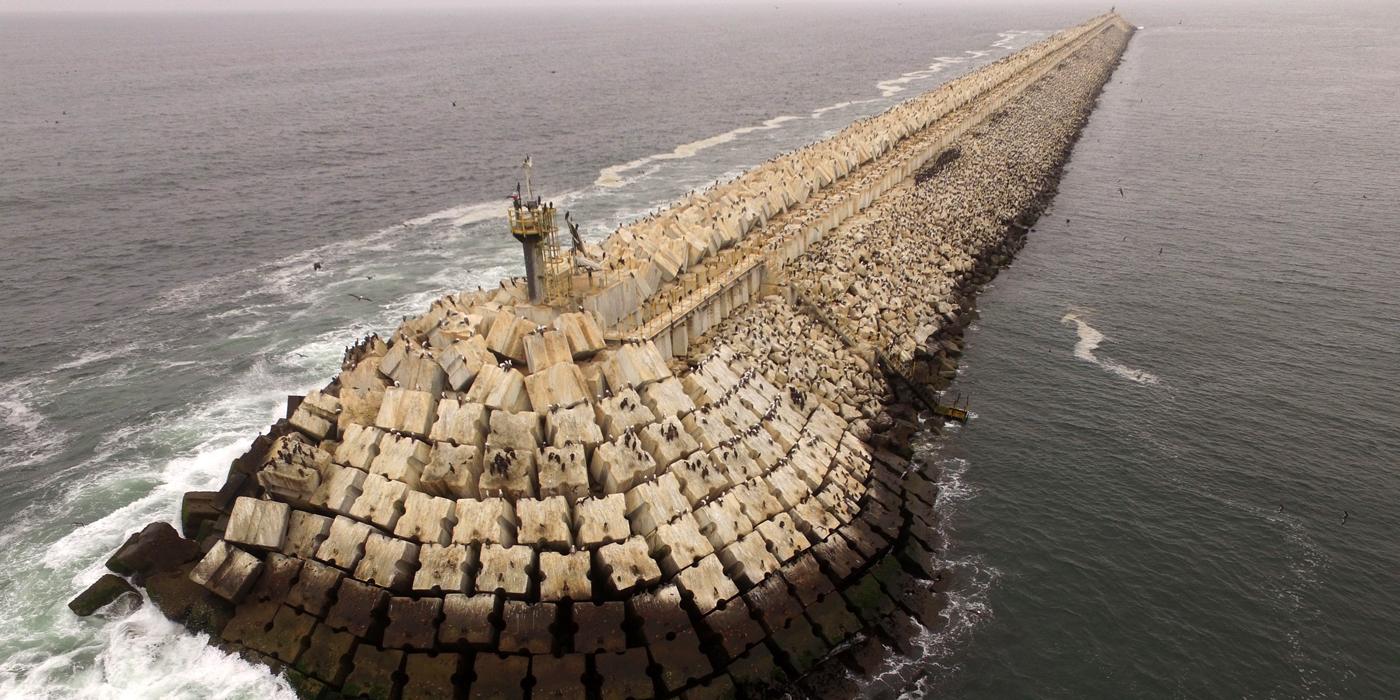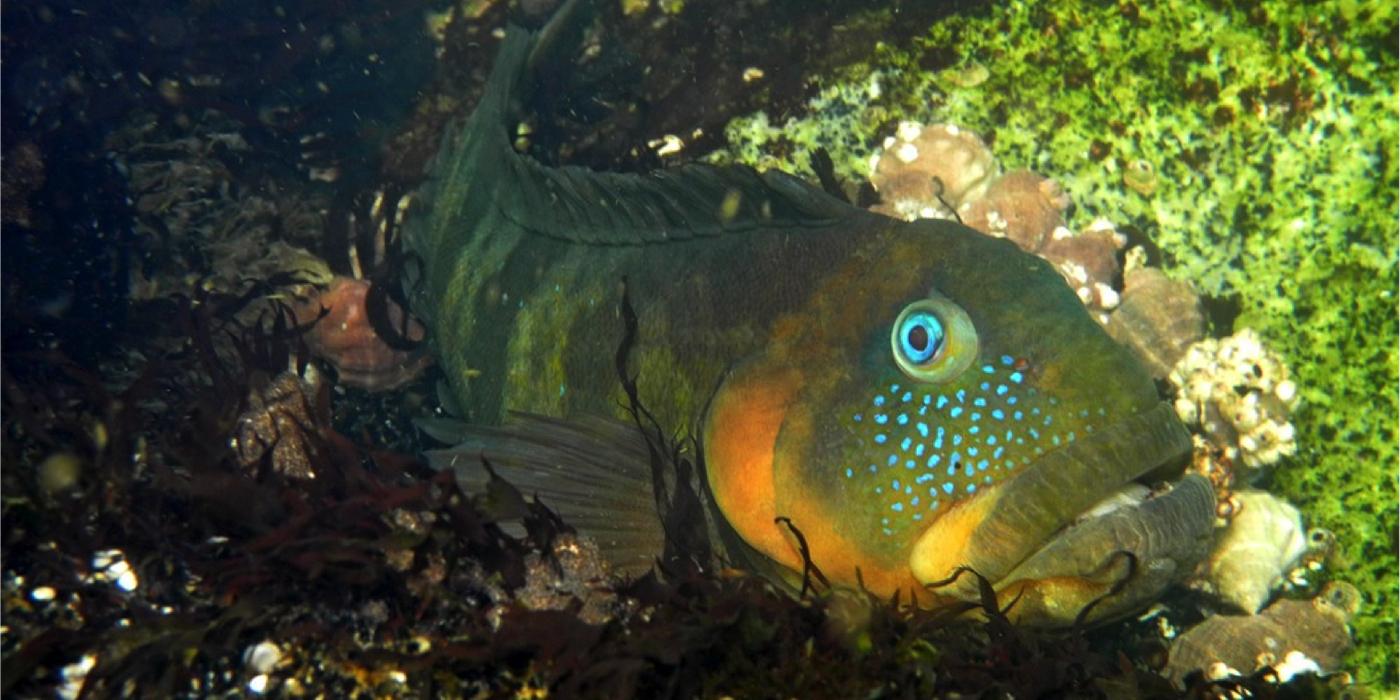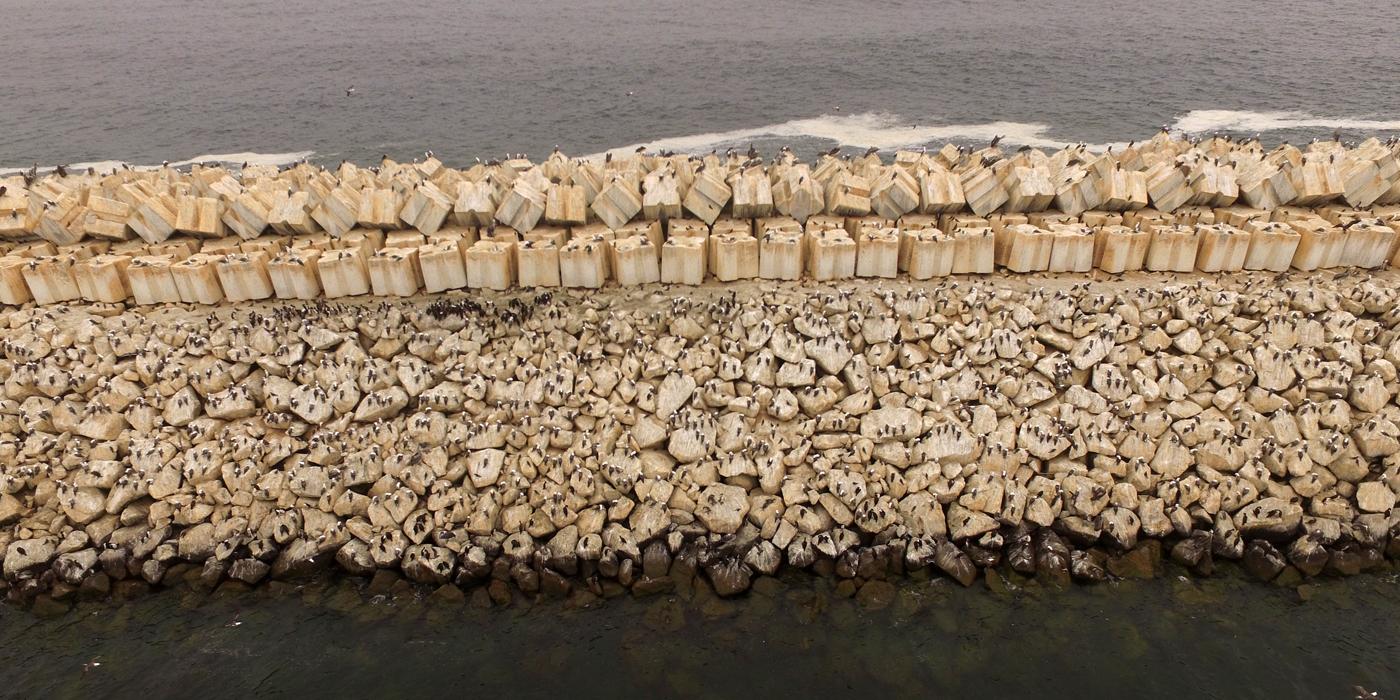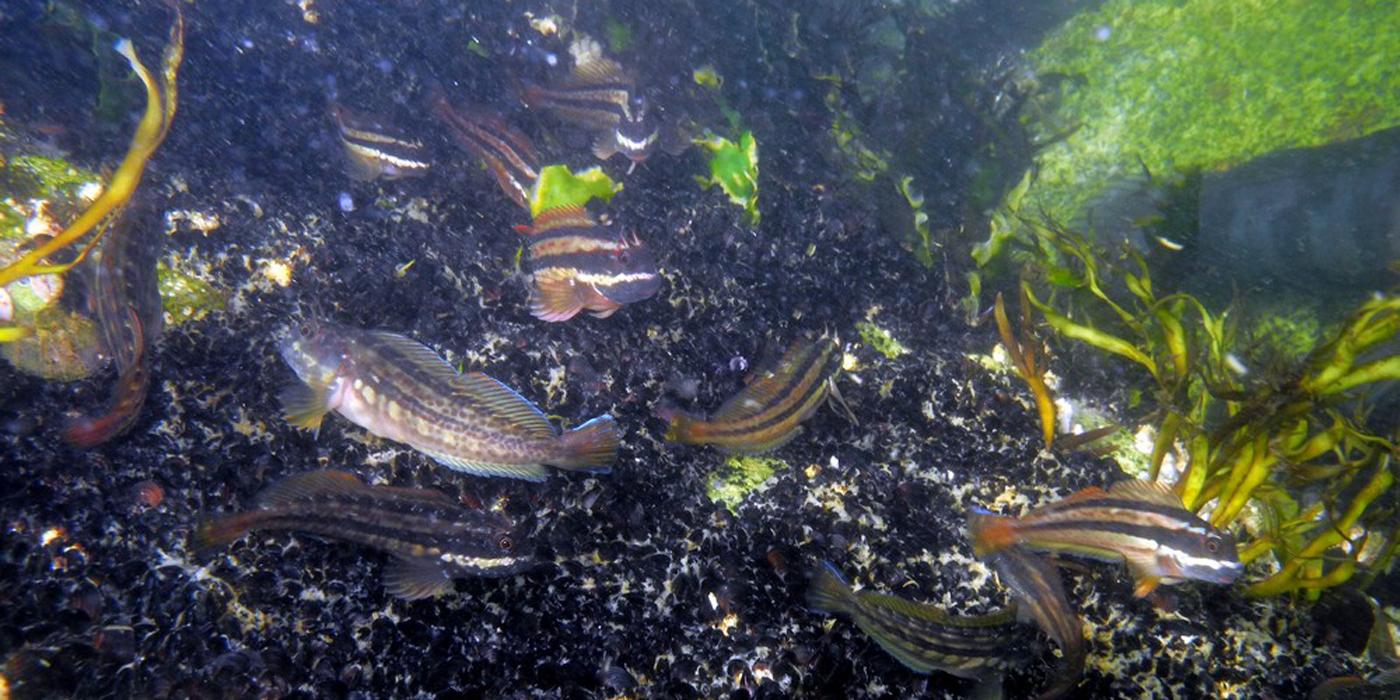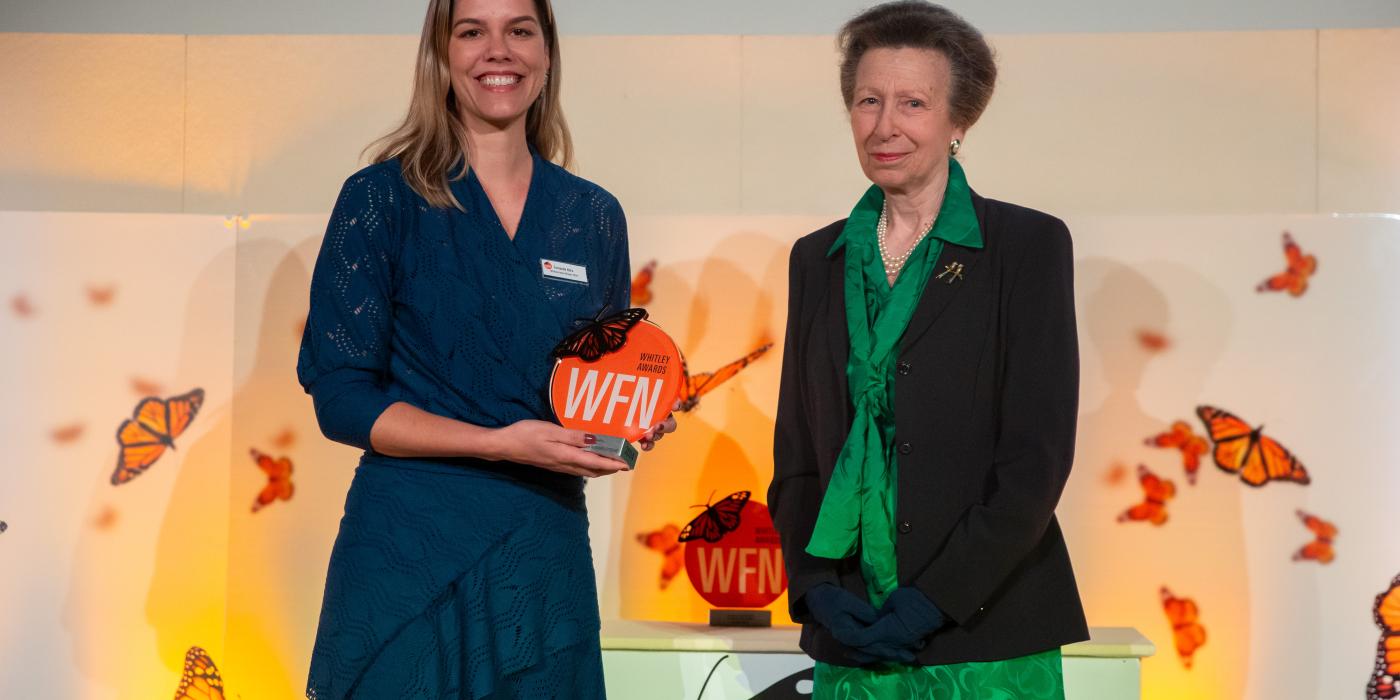Home, Sweet (Artificial) Home
About 100 kilometers south of Lima on the coast of Peru, an expansive community of marine invertebrates, fish and seabirds has taken up residency in a seemingly unlikely place: in the hard-bottom space created by a barrier, called a breakwater, protecting South America’s first Liquefied Natural Gas (LNG) plant.
Now researchers from the Smithsonian Conservation Biology Institute’s Center for Conservation and Sustainability (CCS), in partnership with Peruvian company PERU LNG, are using a species-identification tool called genetic barcoding, among other tools, to determine which species have made this area their home, and to monitor how they interact with the habitat.
“After the breakwater was built, the fish diversity increased remarkably, largely due to the availability of new spaces to colonize,” says Ximena Velez-Zuazo, director of the CCS Marine Monitoring Program. “This artificial reef is a living laboratory where we can learn about managing a port in a way that allows a dynamic new ecosystem to function and thrive, while meeting economic development priorities. Molecular studies and conservation initiatives of this type are rare in the marine realm and will help us get a better handle on what species--including those of conservation concern--are here and how they can be protected.”
The researchers have just finished generating genetic barcodes for fish in the area. Next they will use genetic barcodes to confirm invertebrate and zooplankton species living on the new reef. They will also work with the Smithsonian MarineGEO network to better understand the invertebrate community, and will use underwater equipment to conduct surveys to detect elusive reef fish and invertebrates.
This story was featured in the July 2017 issue of Smithsonian Conservation Biology Institute News.
